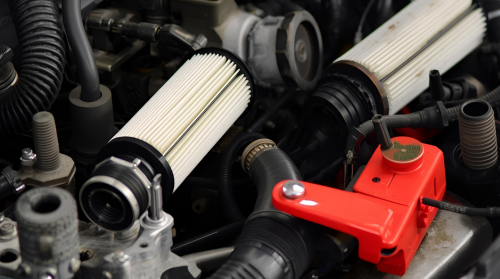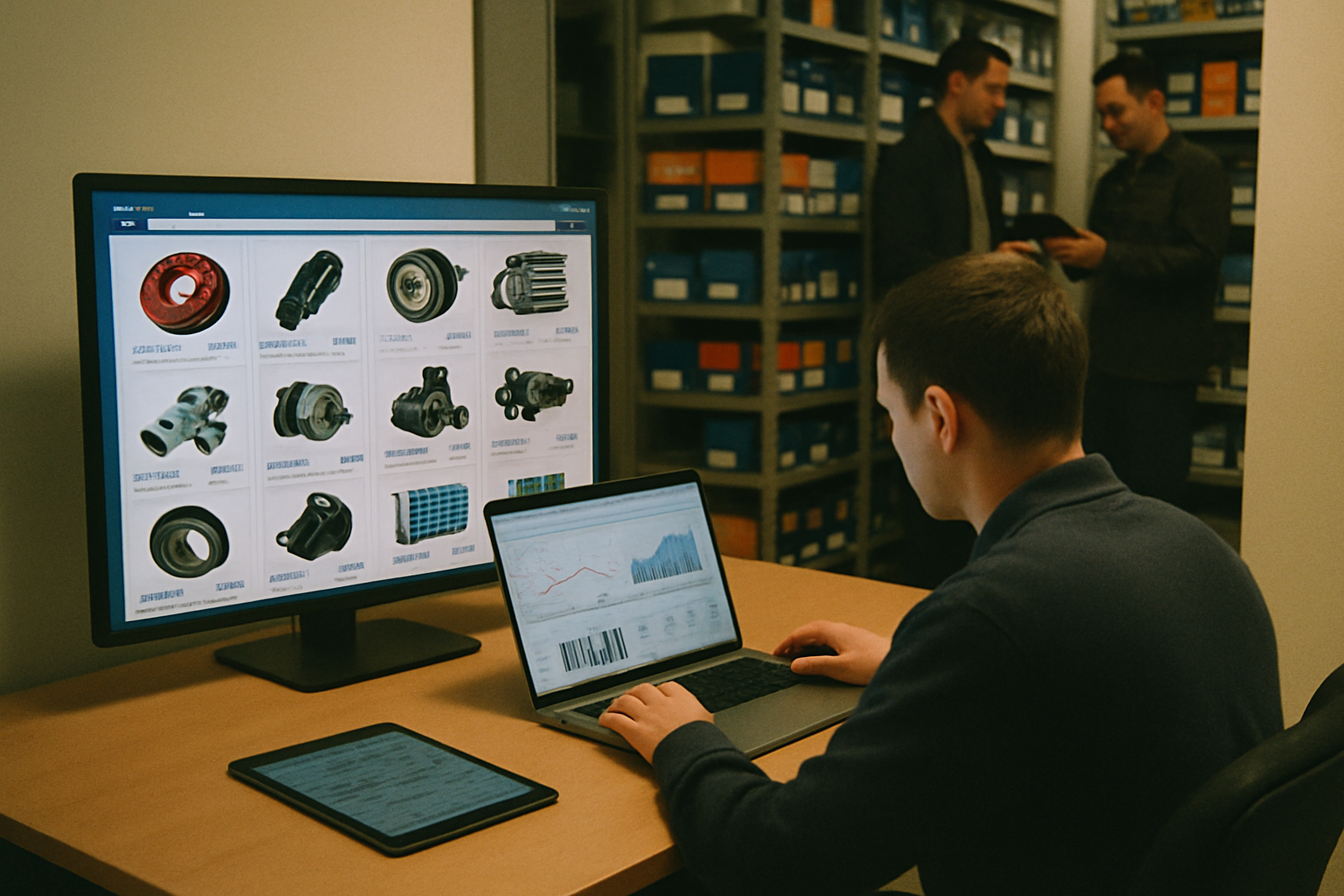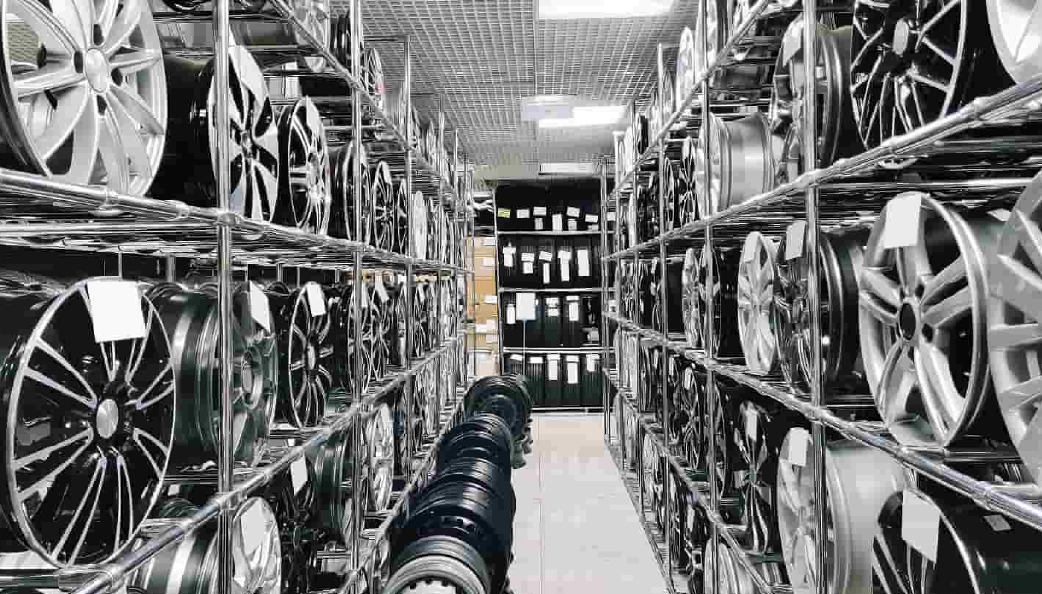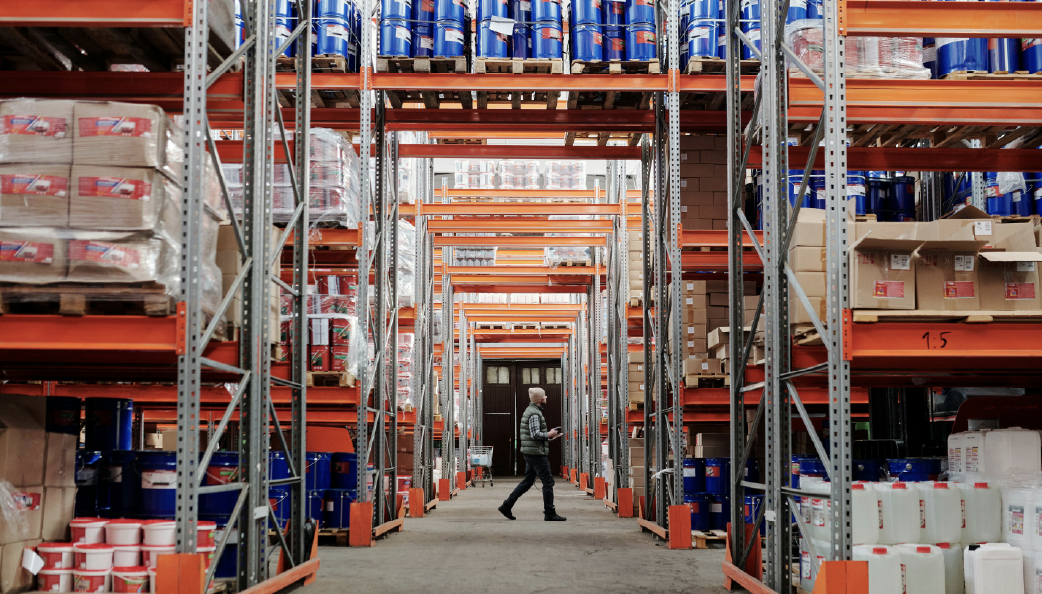The concept of dropshipping has its roots in mail-order sales, which emerged in the 20th century. However, its peak and current format were consolidated with the expansion of the internet and e-commerce in the 2000s. With the emergence of e-commerce platforms, entrepreneurs were able to create online stores quickly and, supported by digital advertising, began selling products without keeping physical inventory, acting as intermediaries between the customer and the supplier responsible for shipping.
The auto parts sector, as part of the e-commerce landscape, has recently experienced growth driven by the migration of traditional retailers to the online environment. The popularity of dropshipping as a modern business model has strengthened mainly since 2018, following the rise of e-commerce.
Today, digital transformation is redefining how automotive parts and accessories are marketed. In this context, dropshipping emerges as a flexible and accessible business model for those who want to enter the automotive e-commerce sector with a lower initial investment.
Unlike the traditional model, where the seller buys, stores, and ships their own stock, dropshipping allows operations without physical inventory.
The process is simple: the customer makes a purchase on the online store, the order is automatically sent to the supplier, and the supplier is responsible for shipping the product directly to the final buyer.
Example:
-
Sale: the customer buys a part or accessory from the online store.
-
Order to supplier: the purchase information is sent to the dropshipping partner.
-
Direct shipping: the supplier picks, packs, and ships the product to the customer.
-
Seller management: the retailer handles the store, marketing, and customer service.
This model eliminates the need for warehouses and in-house logistics, allowing the retailer to focus on growth, positioning, and user experience.
Main benefits of automotive dropshipping
Low initial investment: there’s no need to purchase stock in advance, reducing risks and fixed costs.
In the automotive sector, where parts can be expensive and have variable turnover this represents a major advantage.
It’s possible to enter the market with minimal investment, lowering financial risk and avoiding expenses related to storage and logistics infrastructure.
Wide variety of products: retailers can offer an extensive catalog from universal accessories to OEM or high-performance parts without worrying about physical storage.
The seller can include floor mats, covers, and wiper blades, as well as OEM and performance parts, catering to different brands and segments.
This increases competitiveness compared to traditional stores, which are often limited by physical space and capital tied up in inventory.
Simplified management: the supplier or wholesaler handles the entire logistics process packaging, dispatch, and direct delivery to the end customer.
The seller saves time and resources by avoiding the complexity of managing inventory, returns, and stock control.
In the automotive sector, where products can be bulky or require special packaging, this reduces operational costs and delivery errors.
Focus on growth: by freeing the retailer from logistics tasks, dropshipping allows them to focus on expansion strategies.
More resources can be dedicated to digital marketing, catalog optimization, customer service, and expanding into new segments or countries.
With tools like Alephee, sales can be centralized across multiple channels, own store, marketplaces, or social media expanding reach and professionalizing management.
Specialization: the model makes it easy to create niche-focused stores, such as tuning accessories, performance auto parts, or eco-friendly components.
This allows differentiation and positioning as a specialist, offering curated products and relevant technical content.
Examples:
-
Tuning accessory stores for vehicle customization.
-
Catalogs of performance parts focused on power and efficiency.
-
Lines of eco-friendly or sustainable auto parts aligned with green mobility.
Challenges and considerations
Dropshipping also presents challenges that must be carefully managed:
-
High competition: it’s an easy-entry model, making branding and quality service essential.
-
Lower profit margins: unit prices tend to be higher than in the traditional model, reducing profitability.
-
Supplier dependency: product quality and delivery times rely entirely on the logistics partner, requiring reliable suppliers.
-
Automation: integrating systems that update stock, prices, and orders in real time makes a huge difference in operational efficiency.
The role of Alephee in the digitalization of dropshipping
In this context, Alephee stands out as a strategic ally for the automotive sector.
The platform connects manufacturers, distributors, and retailers in a unified digital environment, simplifying catalog, pricing, and inventory integration.
With its technology, companies can automate processes, optimize inventory management, and operate under hybrid models such as dropshipping or fulfillment, efficiently and securely.
Moreover, Alephee helps professionalize the online presence of auto parts businesses, facilitating expansion into marketplaces and access to new sales channels in Argentina and across Latin America.
Want to learn how to apply this model to your business and boost your online sales? Talk to an Alephee specialist and explore all the tools available to support your digital growth.
We can say that automotive dropshipping represents a real opportunity for growth and diversification in a market moving toward total digitalization.
Its success depends on solid technological management, reliable suppliers, and a differentiated value proposition.
With tools like Alephee, the auto parts sector can adopt this model without losing control over quality or customer experience, combining the best of modern e-commerce with the reliability the automotive industry demands.












